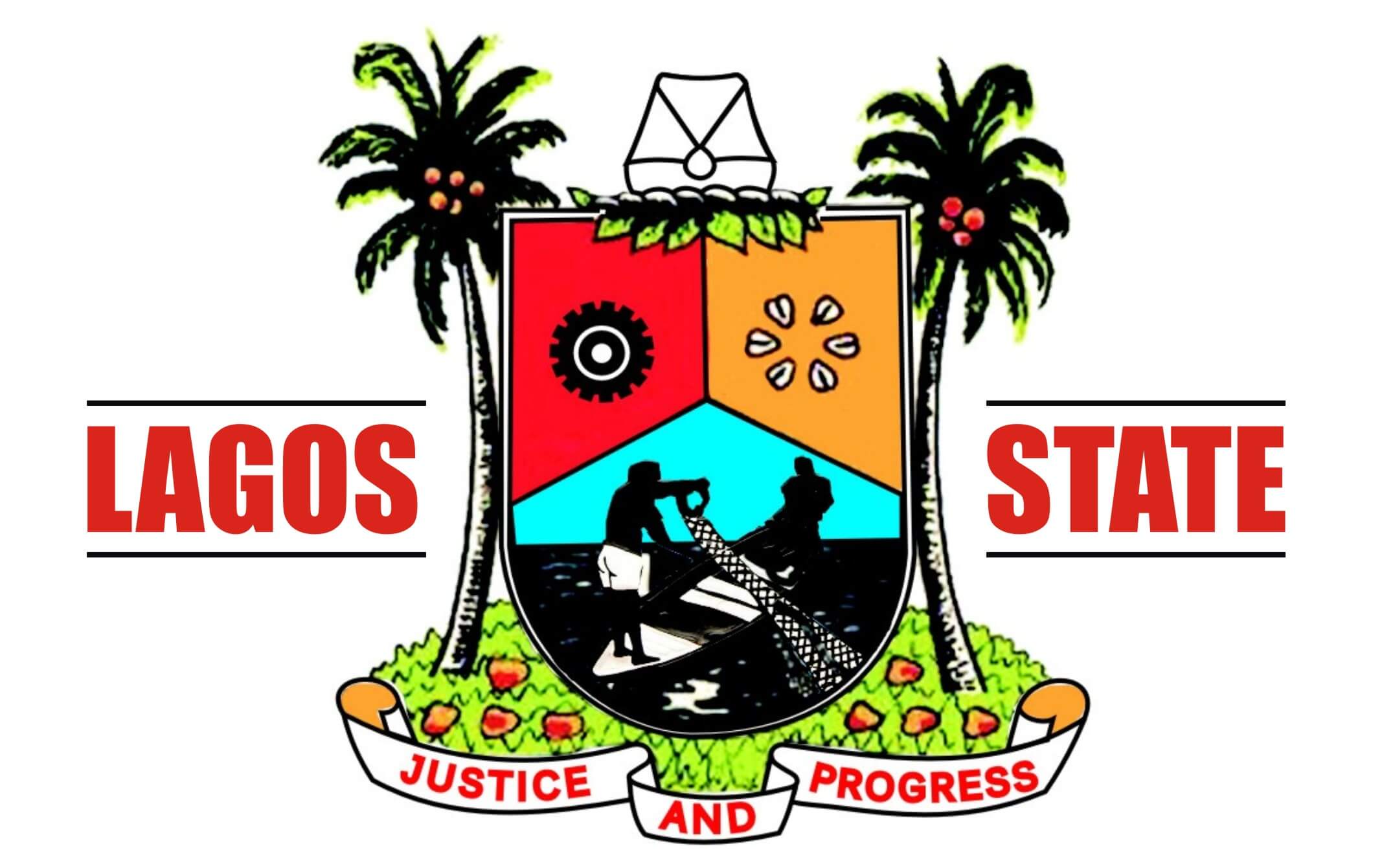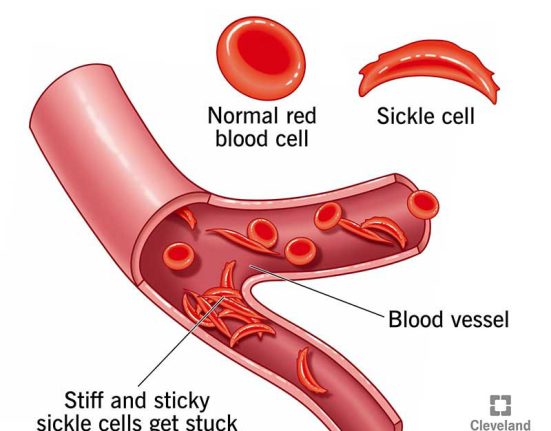Lagos Unveils High-Tech Traffic Management Strategy with Strict Enforcement Measures
In a landmark move to enhance road safety, Lagos State has rolled out a sophisticated traffic monitoring system that promises to revolutionize transportation management across the state. The innovative initiative, developed in partnership with Huawei Technologies, marks a significant step towards creating safer urban roadways.
Cutting-Edge Monitoring Locations
The state has strategically positioned Intelligent Transport System (ITS) sites at critical locations to combat dangerous driving:
Key Monitoring Points
Alapere, Ogudu Road: Strict 80km/h speed enforcement
NITEL, Mobolaji Bank Anthony Way: Controlled 60km/h zone
Third Mainland Bridge: Maximum speed of 80km/h
Ojota Bridge: Speed limited to 50km/h
Lekki-Ikoyi Bridge: Variable speed limits (50km/h – 60km/h)
Ikorodu Road: Varied speed control (50km/h – 60km/h)
Oshodi-Apapa Expressway: Controlled speed zones
Epe Expressway: Maximum speed of 80km/h
Enhanced Digital Enforcement
E-Police Stations Established
Strategic e-police stations have been installed at:
Allen Avenue Road Junction
Nurudeen Olowopopo Road
These stations will comprehensively monitor traffic violations, including:
Running red lights
Illegal U-turns
Reverse driving
Penalties and Consequences
The state has implemented a robust fine structure to deter traffic violations:
N20,000 for running red lights
N50,000 for speeding offenses
Technological Accountability
Offenders will receive immediate SMS notifications from the Vehicle Inspection Service (VIS), providing transparent documentation of infractions and associated penalties.
Government’s Vision
Transportation Commissioner Oluwaseun Osiyemi emphasized the initiative’s core objective: “Our goal is to transform Lagos’ traffic culture. This system is not about punishment, but about saving lives and creating a safer, more organized transportation environment.”
Technology Meets Safety
By leveraging advanced technological solutions, Lagos State demonstrates its commitment to innovative approaches in urban traffic management, potentially setting a new standard for smart city transportation strategies.







